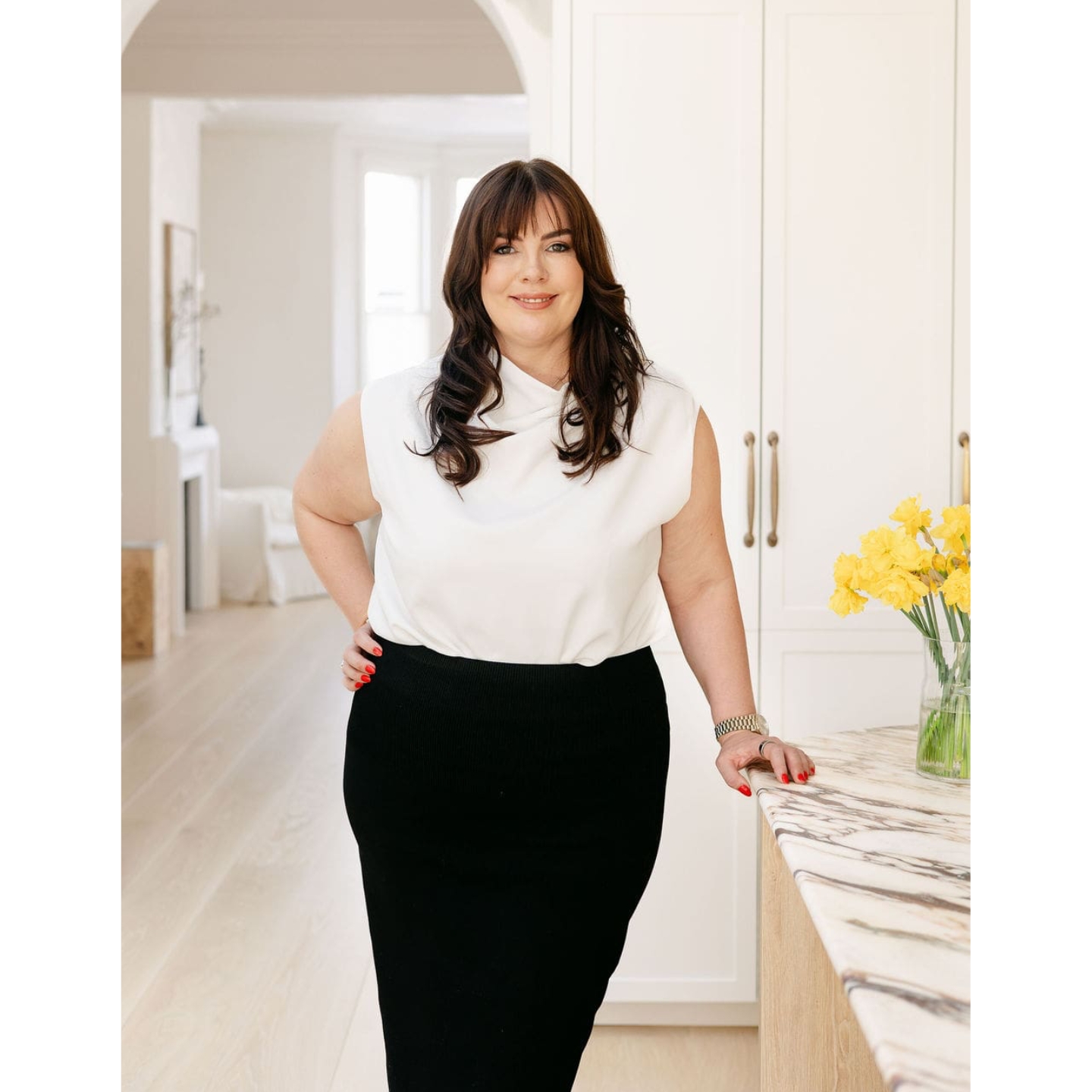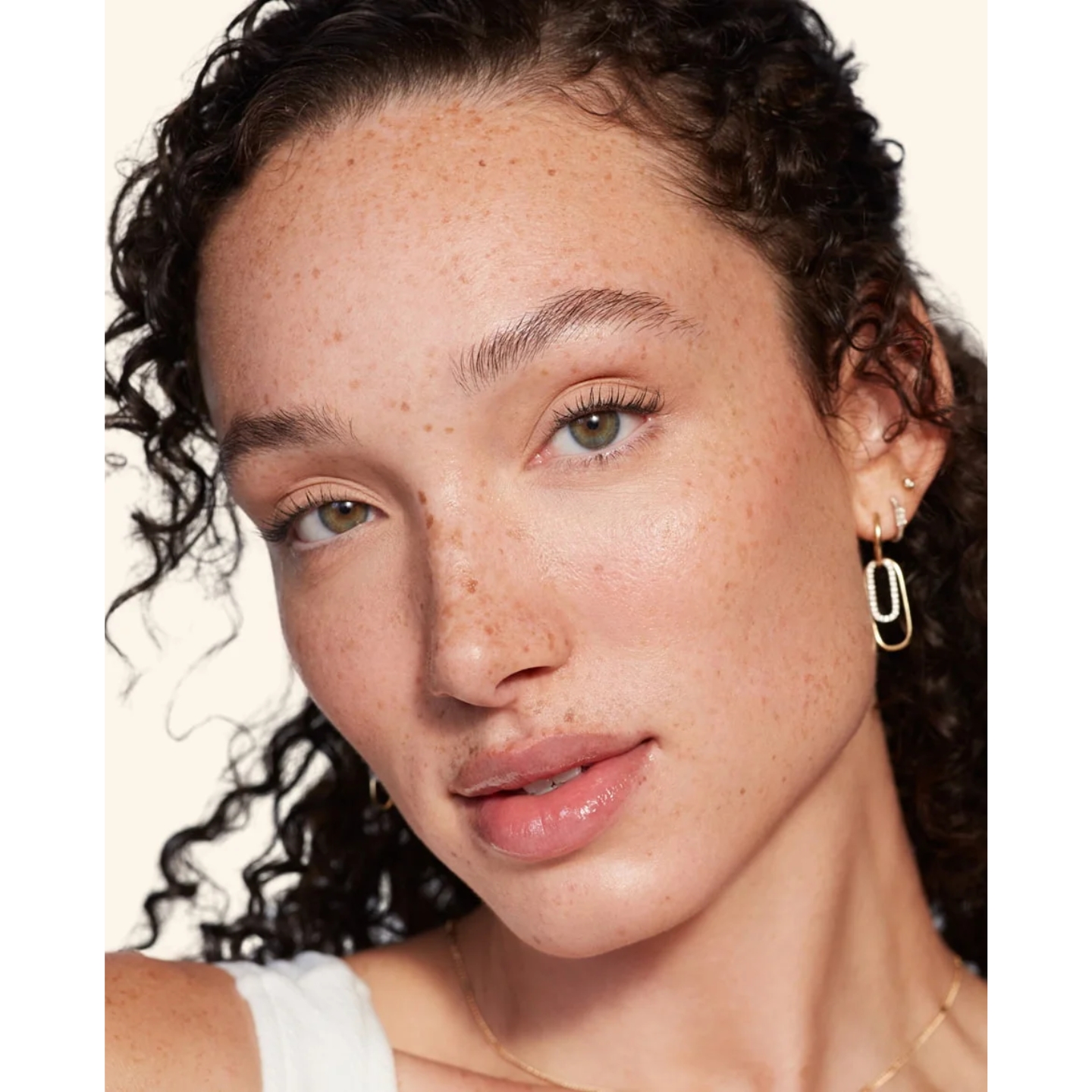Why We Shouldn’t Fear Filler, According to an Expert

Not so long ago, dermal filler was hailed as the go-to tweakment for restoring youthful volume. However, in recent years, the injectable treatment has found itself caught up in controversy. With dissolving appointments on the rise, the natural beauty movement gaining momentum, and filler fear increasing, public opinion may be shifting — but is this justified? According to Aesthetic Doctor Sophie Shotter, not quite.
Much of the shift is driven by the fear — or the reality — of ending up with pillow face: the unmistakable, overfilled look that has become a visual shorthand for everything that can go wrong with injectables. But what actually causes pillow face, as well as other filler missteps? According to Dr. Shotter, a key culprit is something known as perception drift, also referred to as filler blindness.
“Perception drift can affect both the patient and their chosen practitioner, and refers to the fact that we lose sight of our appearance after a change,” she explains. “This can be due to a procedure, or due to something like weight loss. If the patient has lost sight of how they look and the impacts treatments have, it can lead to requesting more and more treatment and ending up looking over-filled. If the practitioner has perception drift, then the same is true and they can end up administering more and more treatment.”
This, she notes, is less a condemnation of filler than a caution against complacency. “The key is to have a consultation with a practitioner, and to constantly re-evaluate. You don’t necessarily need to keep repeating the same treatment every time, as your face changes. Take the opportunity to re-evaluate with your practitioner, and trust their recommendations if they suggest some peels, a biostimulator such as HArmonyCa, or skin-tightening devices, for example, to help achieve harmonious results.”

Today, filler is no longer treated as a monolith. Instead, it’s approached as a highly customised tool, with formulations tailored to distinct needs and facial areas.
“The range of fillers which I use in my practice, Juvéderm, consists of multiple different products with different properties,” she says. “This means I have products suitable for skin hydration, for treating delicate areas like the tear trough, and for providing scaffolding in the cheeks and jawline. These products also integrate with the tissues to give a natural result and a long-lasting effect.”
The takeaway? Personalisation is paramount. No singular product or procedure is designed to do it all. “There is no one treatment that can do everything,” she adds. “Filler is part of a treatment plan for many patients, but it doesn’t replace the need to look after skin, for example. If people have more and more filler in an attempt to fix everything that bothers them, they can end up looking very overfilled.”
Technique, too, is crucial. “Of course the product itself is only one part of achieving a natural result. The other is how it’s injected,” she explains. “When a great practitioner uses a great product, the results can help people to feel like the best version of themselves rather than looking different.” Her patients, she notes, tend to embrace treatments that enhance their natural features — aiming for subtle refinement, not transformation.

And while the most well-known benefits of filler involve smoothing wrinkles or plumping lips, its potential uses are far more varied.
“Beyond the well-known end benefits, like enhancing lips, filler can do so much. It can help restore the shape of earlobes which have deflated with time; harmonise a nose by refining the appearance of lumps and bumps; restore structure to the eyebrow; be used to restore the backs of the hands; help improve lines and wrinkles or restore lost volume; help to balance someone’s profile; be used to fill out the pads of the feet to make heels more comfortable; and it’s an excellent tool alongside subcision for helping to improve the appearance of scarring.”
And while some express concern that filler may linger longer than expected, she sees this as a benefit, not a drawback. “The biggest myth I’d like to bust is that the longevity of the product is a bad thing,” she says. “If you’ve done this and been respectful of the patient’s unique needs, then it’s possible for these injectables to enhance someone’s wellbeing over many, many years.”
Ultimately, while public opinion may be shifting, filler is far from obsolete. When used correctly, with precision, restraint, and a deep understanding of facial harmony, it remains one of the most effective aesthetic tools available.
“Filler has its place, and your practitioner should work with you to evaluate the role it plays in achieving your goals,” she concludes.
Juvéderm is widely available in the UK and US. Visit juvederm.co.uk to find a UK provider or juvederm.com for US options.